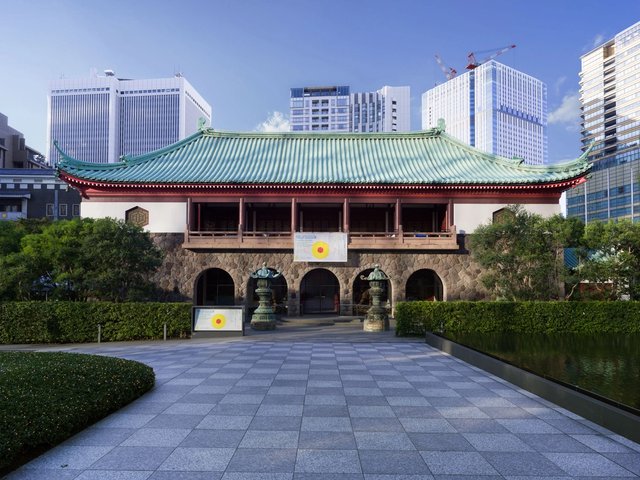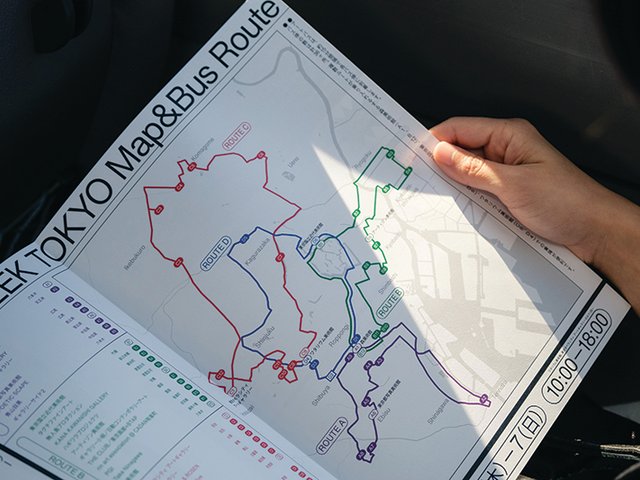Japan enjoyed “favoured nation” status with Western art dealers in the late 1980s when the Japanese spending spree on art was at its height. A decade later, the Western galleries that were successful in Japan provide an object lesson for those who are now seeking to establish themselves in the even newer economies of South East Asia.
The Berkeley Square Gallery has been quietly successful in introducing Lynn Chadwick and Henry Moore to Japanese museums, and, of course, PaceWildenstein is well established in that country. It is refreshing to find that a cutting-edge London gallery, L&R Entwhistle & Co. Ltd, has also managed to do rather well in this very conservative and cautious market.
It concentrates on twentieth-century painting and sculpture, contemporary and tribal art. Eight years ago, Roberta Entwhistle, the female half of the partnership, employed the services of a Japanese assistant, Ms Shiraiwa, to help the gallery gain a foothold in the Japanese market. Today Ms Shiraiwa is director of Entwhistle Japan and the company is providing a service to forty-five private Japanese museums. The family connection was extended with the marriage this year of Ms Shiraiwa to Tsutomu Ikeuchi, one of Japan’s foremost curator-critics of contemporary art. Roberta Entwhistle emphasises that “collecting Western art was never just a passing fad to Japanese buyers and museum curators. Japan has a deep and long attachment to Western Modernism. Prince Matsukata”, she went on to say, “was, for instance, one of Monet’s principal patrons at the turn of the century. He bought hundreds of the artist’s paintings and stored them in Paris. The entire collection was reclaimed by the family on his death.
The range of art that Japanese museums have purchased in recent years is testimony to a high level of refinement and understanding of Western art in that country. Entwhistle have recently sold “The chariot of Apollo” by Odilon Redon and “The study for charity” by Pierre Puvis de Chavannes to the Museum of Fine Arts in Gifu. Among other important paintings that Entwhistle have placed in recent years are: “The double portrait” of 1922 by Chagall, to Nagoya, and “Nature morte: Evangelique”, (1916), by De Chirico, to the Osaka Prefectural Museum. In addition, Entwhistle has just completed the sale of Kandinsky’s “Ankunft der Kaufleute” to the Miyagi Prefectural Museum. The gallery has also helped organise exhibitions with the Tokyo Shinbun, and actively works on exhibitions with a number of other Japanese museums.
Of course, it does not always work smoothly, as in the case of an important Marini sculpture from the 1930s, for example, part owned by three collectors. Entwhistle introduced the triumvirate to a Japanese museum which offered $1.3 million for the sculpture. Unfortunately, one of the partner’s animosity towards the others outweighed his desire to sell, and the sculpture was withdrawn.
Japanese museums still have the largest purchasing budgets of any museums in the world. Despite the recent downturn in the economy, many can spend $4-5 million on art each year, and a few as much as $20 million. According to Roberta Entwhistle, these museums “have probably acquired sufficient Impressionist and Post-Impressionist works, and a number of new museums want fresh art. German Expressionism, between-the-wars avant-garde and post-war American art are particularly in demand”.
Entwhistle are in a good position to take advantage of this gradual change in demand. The company acts as a broker and facilitator in Japan, and does not hold stock. In addition, the company has clearly built up good relations with the generally upstanding and highly regarded Japanese museum world. The current speed of economic change in the Pacific Rim is such that Western dealers in today’s finely differentiated market place need to hold a mixed inventory and to be acutely aware of the changing balance of economic and political power in this region.
Originally appeared in The Art Newspaper as 'Providing a service to forty-five museums'



